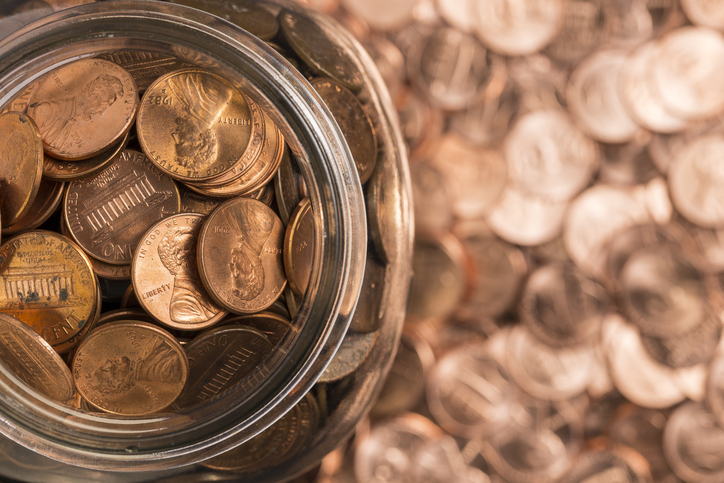The Power of Micro-Saving: An Effective Tool for All Budgets and Incomes
Micro-saving is a financial strategy that emphasises saving small, manageable amounts of money over time rather than making large, infrequent deposits into a savings account. This approach is particularly effective for individuals who struggle to save due to limited income, inconsistent earnings, or a lack of financial discipline. By breaking down the saving process into tiny amounts, micro-saving makes the act of saving accessible to everyone, regardless of their income level or financial situation giving you the money saving help you need.
Who is Micro saving best for?
Micro-saving is ideal for those who find traditional saving methods challenging. This includes individuals living paycheck to paycheck, freelancers with fluctuating incomes, or anyone who struggles with the idea of setting aside large sums of money. The beauty of micro-saving is its flexibility; it can be tailored to fit any budget, making it a universally applicable strategy. Whether you’re saving for an emergency fund, a vacation, or just building a habit of financial discipline, micro-saving offers a way to achieve those goals without feeling financially strained when you are living on a smaller income.
Micro saving may not be best for those who want or need to save a large amount of money in a short time but will work for those who are just starting to build habits.
How Micro-Saving Works in Daily Life
We know why saving money is important and Micro-saving allows you to start small and build from there. For example, instead of trying to save £100 each month, you might commit to saving just £1 or £2 a day. This might seem insignificant, but over time, it adds up. By the end of the month, you could have saved around £30 to £60, without feeling the pinch.
Let’s say you buy a cup of coffee every morning for £3.50. With a micro-saving mindset, you might decide to make coffee at home a few days a week, saving £3 each time. You could then transfer this saved amount directly into a dedicated savings account. Over the course of a month, this small change could help you save an extra £12 to £15.
Additionally, many banks and financial apps offer automated micro-saving features. These might round up your purchases to the nearest pound and deposit the difference into a savings account. For instance, if you spend £6.75 on lunch, the app would round it up to £7 and save the £0.25 for you. Though it’s only a few pennies at a time, these micro-savings accumulate steadily, helping you grow your savings without any extra effort. This is a great way to form habits which won’t impact your monthly budget heavily.
The Benefits of Micro-Saving
Micro-saving is powerful because it builds a habit of saving and creates momentum over time. It proves that saving doesn’t require a significant income or drastic lifestyle changes. Instead, it’s about consistency and finding small ways to save daily. This approach makes saving money feel less daunting and more achievable, even for those on tight budgets. By starting small and being consistent, anyone can use micro-saving to build financial security and reach their savings goals, no matter how modest.











